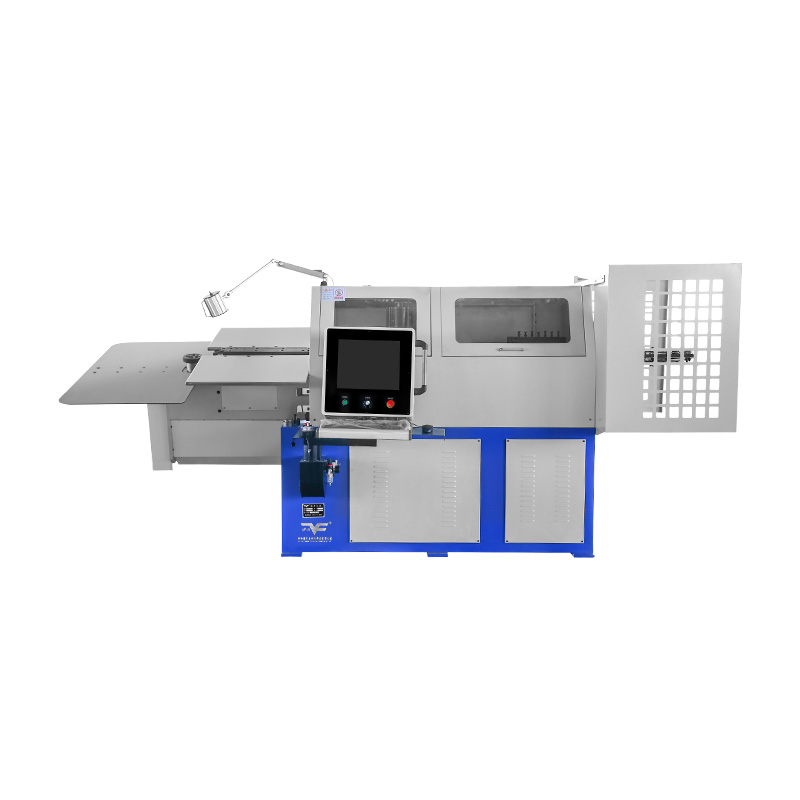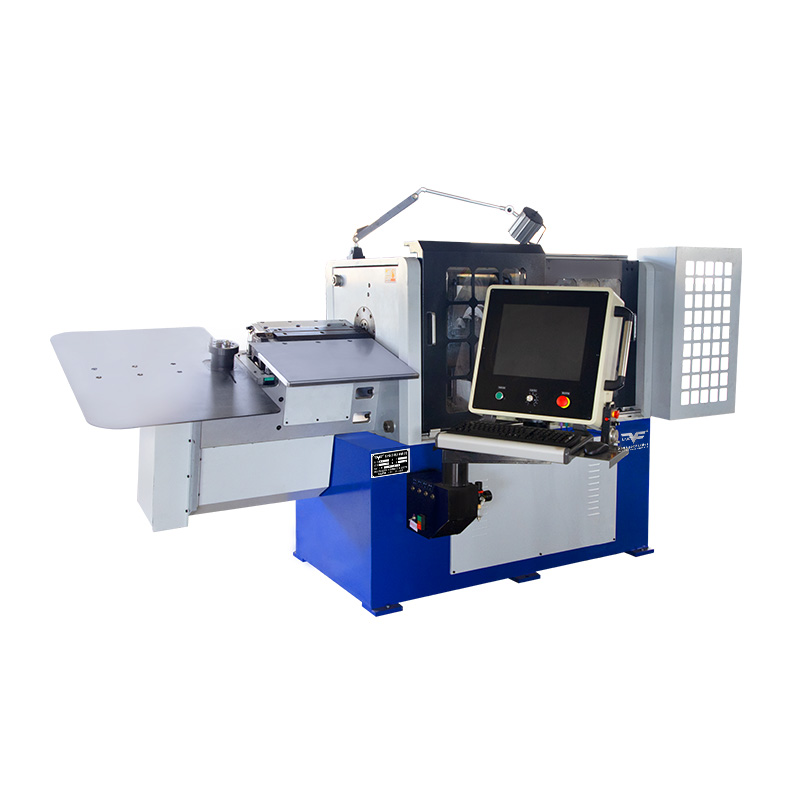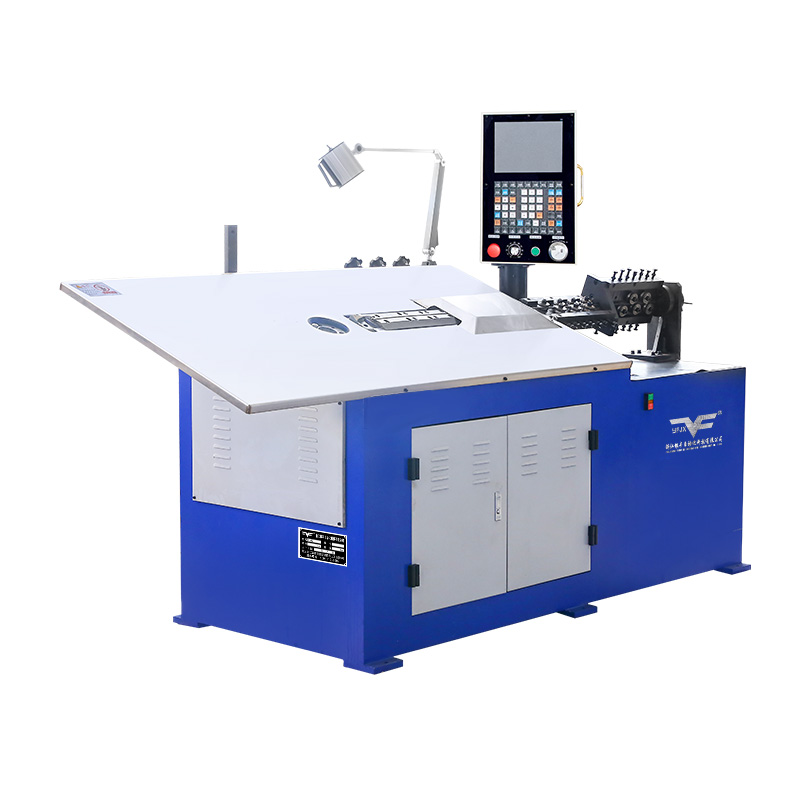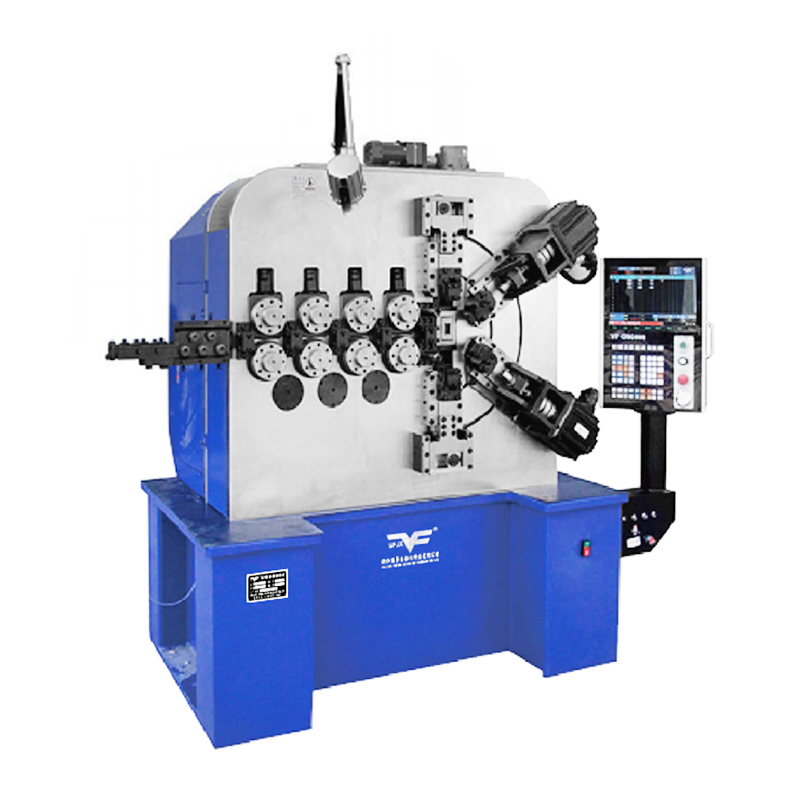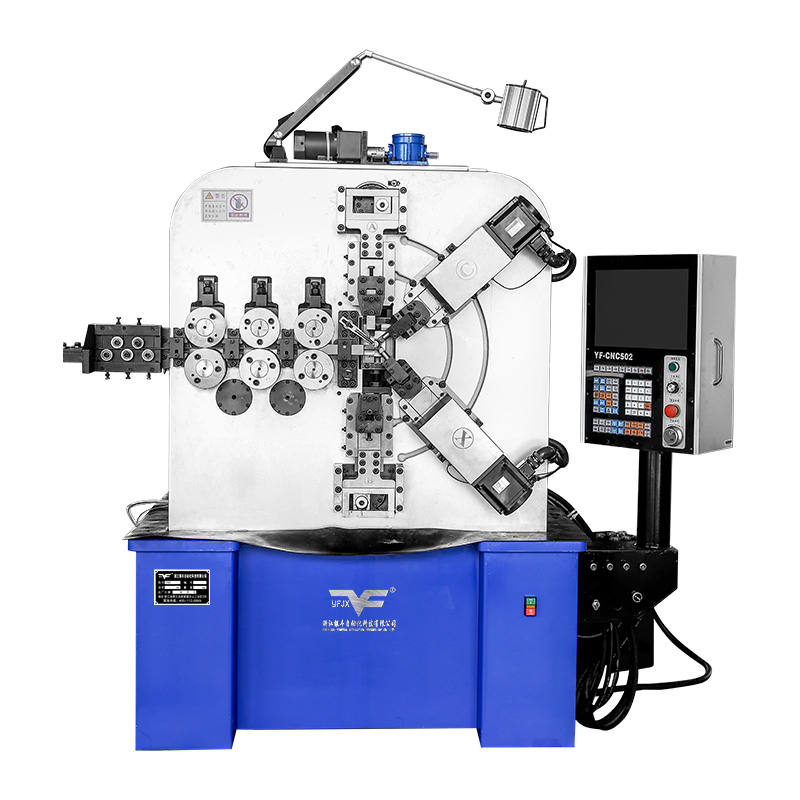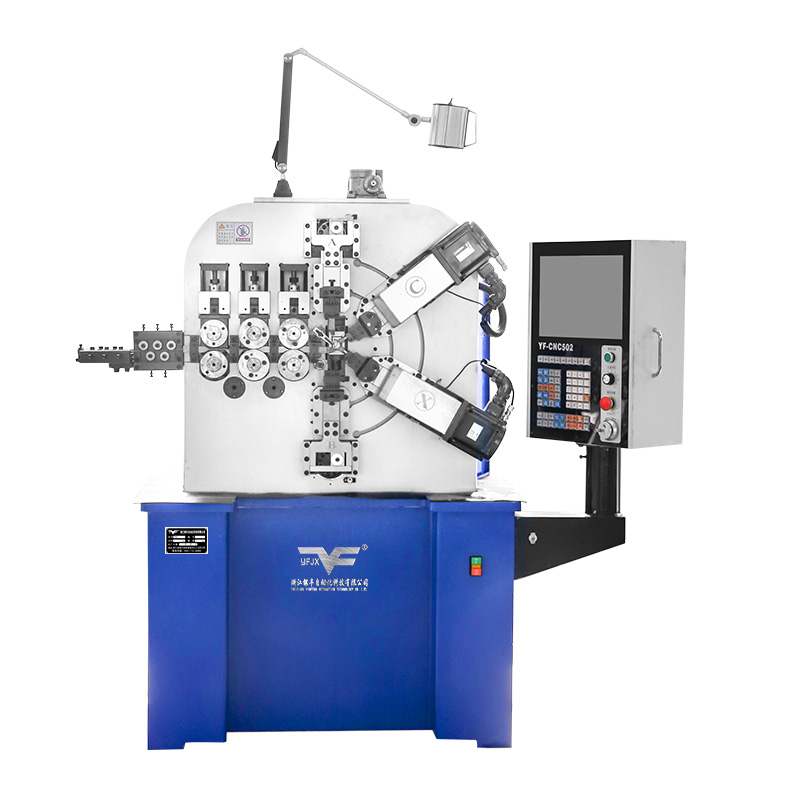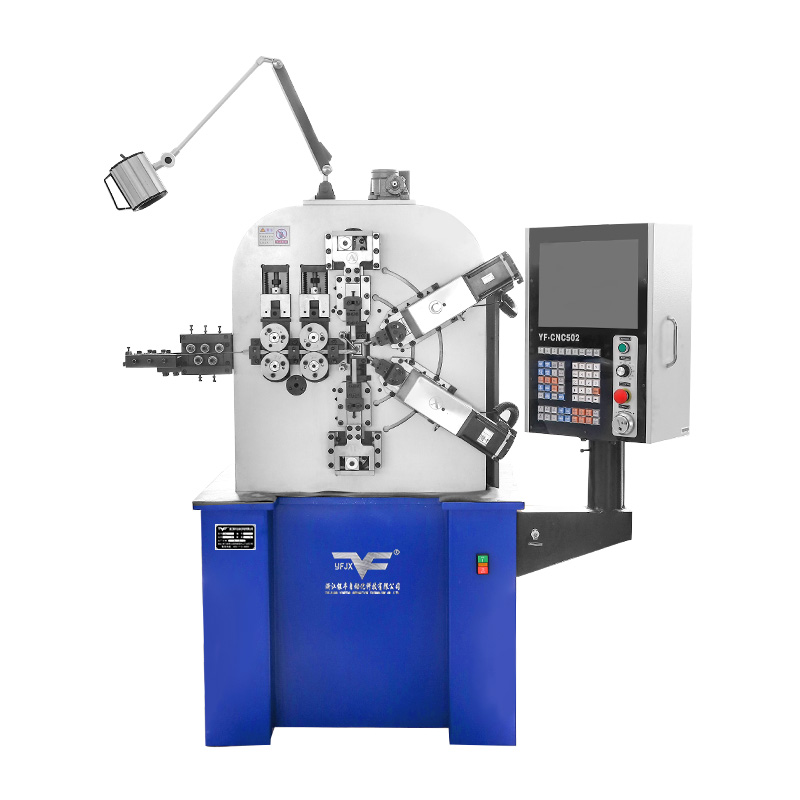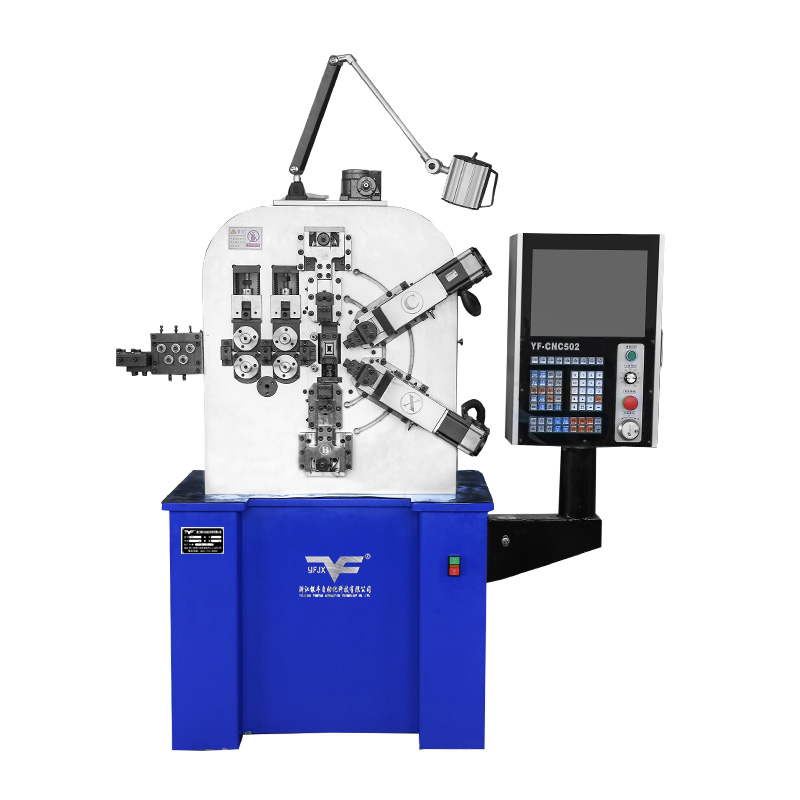What is the principle of a spring machine?
Industry News-The principle of a spring machine revolves around its ability to transform raw metal wire into precisely engineered springs through a series of carefully controlled processes. As a manufacturer, understanding the fundamental workings of these machines is crucial for optimizing production and ensuring high-quality outcomess.
1. Material Supply
The process begins with the supply of material, typically metal wire or rod, into the spring machine. In a wire CNC machine, the wire is often fed from a spool, while in a metal wire bending machine, it might be delivered in straightened form. Ensuring a consistent and reliable supply of metal wire is essential for achieving uniform spring quality and performance.
2. Wire Straightening
Before the wire is shaped into springs, it needs to be straightened. This step is crucial for both wire CNC machines and metal wire bending machines, as it ensures that the wire is free of kinks or bends that could affect the final product's accuracy. Straightened wire provides a smooth and even base for the subsequent forming processes.
3. Wire Feeding
Once straightened, the wire is fed into the spring forming area of the machine. In a wire CNC machine, this feeding process is often automated and controlled by precise programming to ensure accurate positioning. Metal wire bending machines might use different mechanisms to guide the wire into place. Accurate wire feeding is critical for maintaining consistency in the spring's dimensions and performance.
4. Spring Forming
The core function of the spring machine is to form the wire into the desired spring shape. This is achieved through various methods depending on the type of spring machine. For instance, a wire CNC machine can perform intricate winding and shaping based on programmed specifications, allowing for precise control over the spring's characteristics. A metal wire bending machine, on the other hand, might utilize mechanical bending tools to achieve the necessary form. The process includes creating different types of springs, such as compression springs, torsion springs, and extension springs.
5. Dimension Control
During the spring forming process, controlling the dimensions of the spring is essential. The wire CNC machine excels in this regard by adjusting parameters like diameter, wire thickness, number of coils, and free length through its advanced control system. In metal wire bending machines, dimension control might be managed manually or through less sophisticated automated systems. Ensuring that each spring meets the design requirements is critical for performance and reliability.
6. End Treatment
After forming the spring, the ends often require special treatment to suit specific applications. In a wire CNC machine, this might include precision cutting or shaping to create clean, sharp ends. Metal wire bending machines might employ additional processes like chamfering or sharpening to prepare the ends for further use. Proper end treatment enhances the spring's functionality and ease of integration into various applications.
7. Heat Treatment
To enhance the performance of the spring, such as increasing its elasticity and durability, a heat treatment process is often applied. This may involve quenching and tempering processes that are critical for ensuring the spring's strength and longevity. Heat treatment is essential for many types of springs, including those made using wire CNC machines and metal wire bending machines.
8. Surface Treatment
Post-forming, the spring may undergo surface treatments to improve protection and performance. Options include electroplating, spraying, or oiling, depending on the specific requirements. Surface treatments are especially important for extending the life of the spring and preventing corrosion.
9. Quality Inspection
Quality inspection is a vital step to ensure that the manufactured springs meet the design and performance standards. This includes checking the dimensions, strength, and functionality of the springs. Both wire CNC machines and metal wire bending machines are subject to rigorous quality control processes to verify that the output adheres to the required specifications.
Automated spring machines, particularly wire CNC machines, play a crucial role in improving production efficiency and consistency. They allow for high precision and repeatability, which is essential for manufacturing a large volume of springs with consistent quality. Metal wire bending machines, while often less automated, are still integral to producing high-quality springs, especially for applications requiring specific bending techniques.

 English
English русский
русский Español
Español 简体中文
简体中文